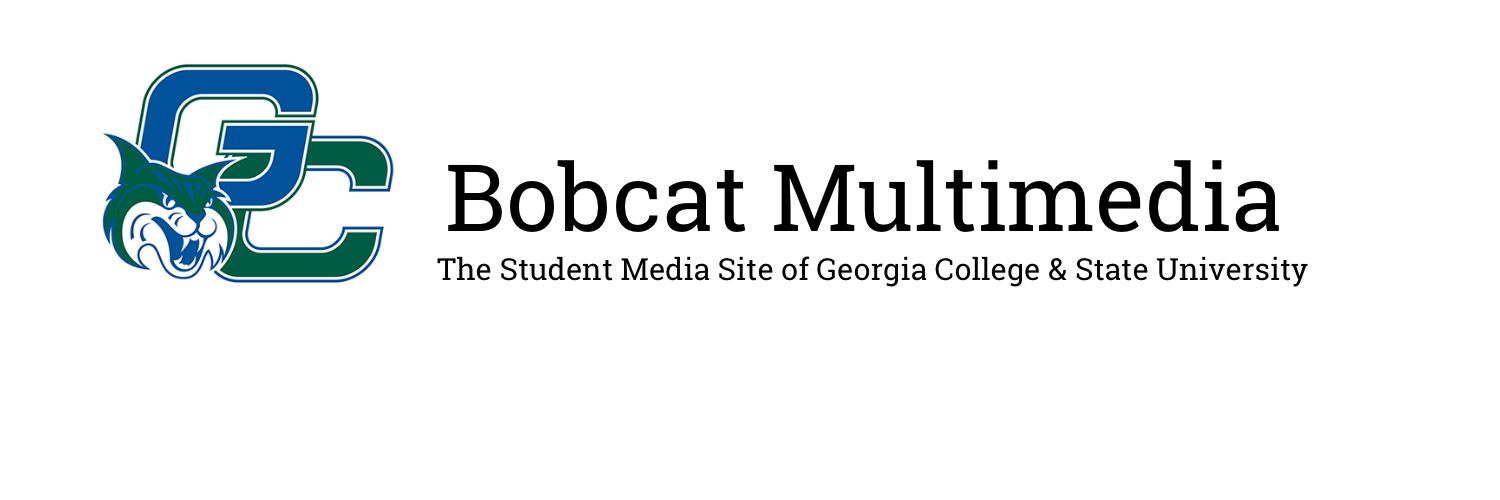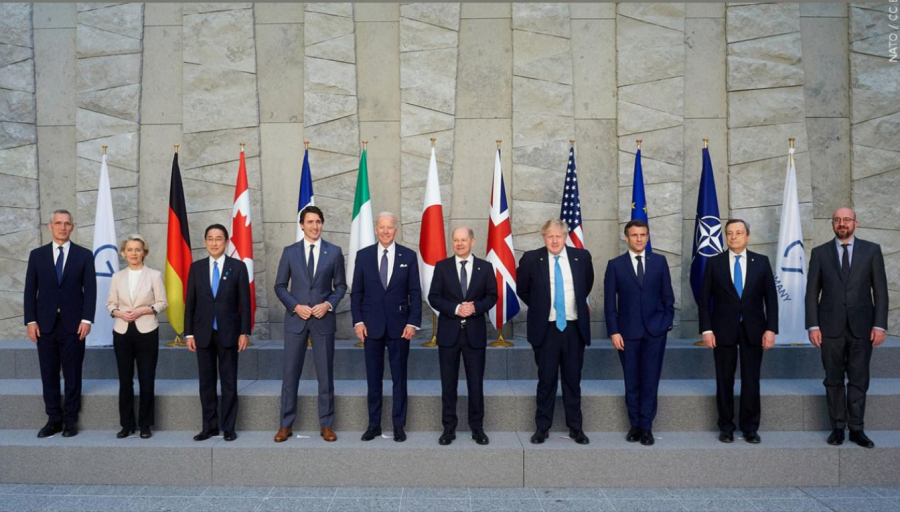The history of NATO
February 20, 2023
On April 4, 1949, the North Atlantic Treaty was signed, and the foundations of NATO were established. It was with this treaty that it was agreed between the nations of Belgium, Canada, Denmark, France, Iceland, Italy, Luxembourg, the Netherlands, Norway, Portugal, the United Kingdom and the United States that an attack against one would be considered an attack against all. Since then, this treaty has been upheld, although the dynamics of the system have changed, as well as the nations affiliated with it. To fully comprehend the reasoning behind NATO, it is important to first understand the war that laid its foundations, World War II.
World War II was an incredibly dark time in history that left its mark on every single nation on this planet. Not one country escaped its effects, and the horror and bloodshed that this time entailed will never be forgotten. The 1939 Poland invasion sparked the beginnings of the war, and from that point on, distrust ran rampant amongst civilians. Despite the proclaimed protection that the French and British military promised over Poland, Hitler took the risk and invaded the country. This attack resulted in a blindside to the French and British, and the first action of World War II had been completed. Innocent people were slaughtered by German forces, and the horrific lengths Hitler was willing to venture became clear with the Holocaust. The United States entered the war with their own massive atomic attack upon Japan in retaliation to the infamous bombing of Pearl Harbor. It seemed that the world was in an endless spiral of tragedy. Lines were being drawn in the sand, and nations were scrambling to choose a side. World leaders began meeting with one another and coming to agreements. Treaties were signed and then, in turn, betrayed. Spies began to work their way through Europe, and alliances were formed that caused serious conflicts between other nations. Countries were in a constant state of looking over their shoulder, and safety was a feeling scarce to the times.
By the end of the war, Germany had been conquered and divided into four zones. Great Britain remained in the northwest, the United States in the south, France in the southwest and the Soviet Union in the east. Germany’s capital city of Berlin remained in Soviet territory but was still divided into four quadrants for each respective nation. Each of these nations was a powerful force during the war, and each had the desire to assert themselves individually as the war found its close. The Soviet Union’s loyalty to the Allies was tedious from the beginning, as it was only established after Hitler betrayed their nonaggression pact and invaded the Soviet Union. Soon after the overtaking and division of Germany, The Soviet Union began completing their own ulterior motives. The Soviets established a blockade that prevented the other Allied forces from entering into the Soviet’s German territory. While unsurprising to most, this action showed that even at the end of the tunnel, war and betrayal seem to go hand in hand.
It is needless to say that World War II left its mark on the world as we know it today. It was this mark that prompted world leaders to deeply consider who they were willing to trust in the future. It was these considerations that led to the North Atlantic Treaty entering the scene. This agreement made clear that any single nation protected under the alliance could count on the protection of other affiliated nations in the event of an attack. An ally would hold the responsibility of acting with whatever is deemed necessary, including sending armed forces, to act in the defense of a fellow NATO nation. This treaty operates hugely on flexibility. For some of the largest and most powerful nations on this planet to function as a unit and work together during military strategy, compromise must be made. Nations must have the space necessary to express their individual concerns or willingness in certain areas. Each nation must also have the right to withdraw from this agreement and forfeit the protection that comes with it.
Currently, NATO consists of 30 nations and the initial agreement that the treaty was founded on remains: that an attack on one will be an attack on all. It is this alliance that hinders Putin from advancing into Polish territory as the Ukrainian war wages on. The North Atlantic Treaty Organization allows for countries to feel a sense of protection from one another. It provides the world with hope that we will never have to witness a war as horrific as World War II again.




